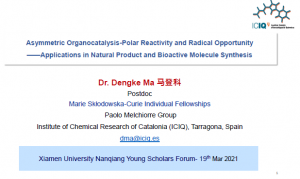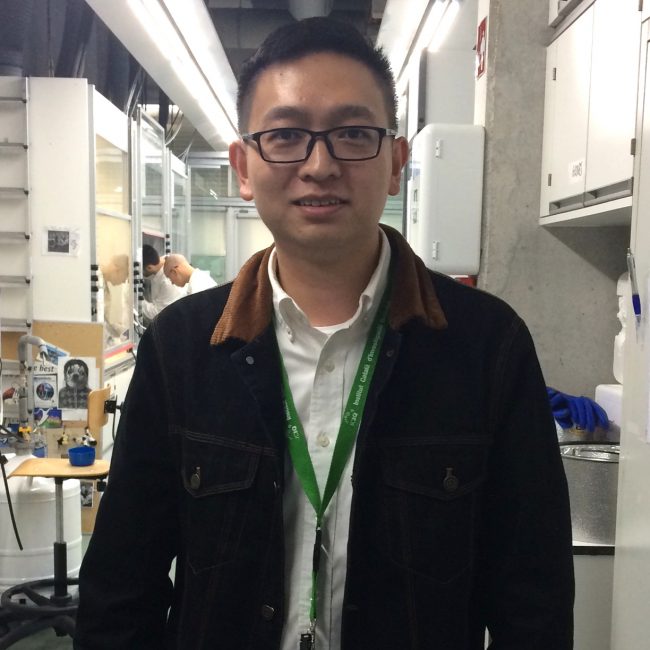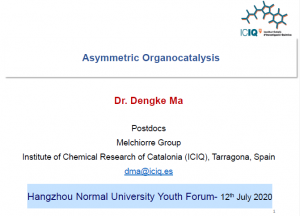We are in a changing era for drug discovery: the growing perception is that basic chemical research will play a greater role in
pharmaceutical development. One current challenge is to develop a new kind of chemistry that yields a screening collection
of optimal chiral molecules that increase the probability of success in identifying drug-candidate structures. PHOTO-CYCLE
seeks to provide some solutions by developing effective technology to rapidly generate, in one single step, architecturally
complex chiral natural-like compounds. Specifically, we will use photochemical organocatalytic cascade processes to
synthesise polycyclic lactones and polyfunctionalized cyclohexanols, which are common motifs in biologically active
molecules. We will combine asymmetric organocatalysis and photochemistry, two powerful strategies of modern chemical
research. They have extraordinary potential for the sustainable preparation of novel organic molecules, which are needed to
drive innovation in the pharmaceutical industry.
PHOTO-CYCLE aims to combine the fellow’s experience in allene chemistry and organocatalysis and the host’s experience
in photo-triggered asymmetric processes to develop otherwise unachievable catalytic asymmetric cascade reactions.
Specifically, we will focus on the rich reactivity of excited chiral iminium ions to activate readily available allenes and trigger
cascade processes. The resulting strategies will be used as an ideal platform for assembling libraries comprising chiral
polycyclic lactones and cyclohexanols, which, along with biological screening carried out in collaboration with Lundbeck A/S,
will increase the probability of success in identifying drug-candidate structures.
The multi-cultural and intersectorial nature of this project will greatly contribute to broaden the fellow’s competencies and will
place him in a competitive position for the next career move.
 This project has received funding from the European Union’s Horizon 2020 research and innovation program under grant agreement 894795
This project has received funding from the European Union’s Horizon 2020 research and innovation program under grant agreement 894795


